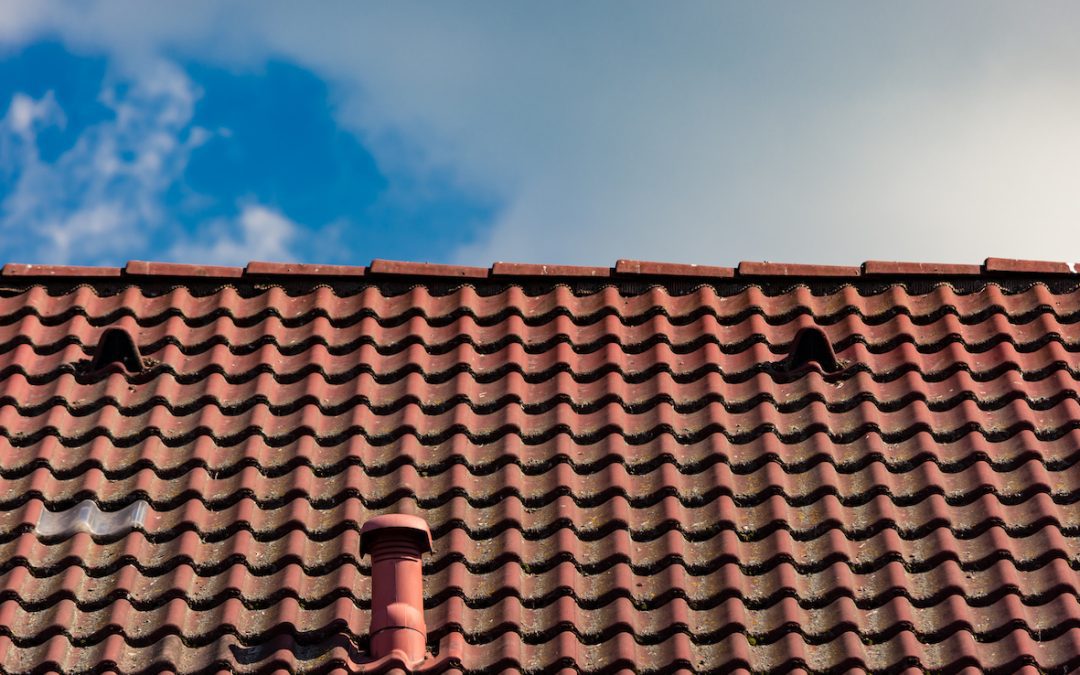If you’re curious about roof ventilation and have been considering it for your home or commercial roofing, you’ve come to the right place.
In this article, we’ll be talking you through the benefits of roofing ventilation, the different types of roof vents and the average costs involved. That way, you’ll be equipped with all the knowledge that you need to make a more informed decision before purchasing.
Let’s get started…
Why Is Roof Ventilation Important?
A cool, comfortable home during scorching summers, improved energy efficiency, a healthier indoor environment – sounds nice, doesn’t it?
Roof ventilation offers a multitude of benefits throughout the year. As well as keeping you nice and cool during the warmer months, roof vents do an excellent job of preventing unwanted mould and condensation during the winter.
How Does Roof Ventilation Prevent Damp?
When moist air continuously gets trapped in an attic or loft space, it can wreak havoc on your roof timbers, making them more fragile and susceptible to rot. Whether it’s steam from a bathroom, moisture from cooking or drying washing inside, anything that produces moisture will lead to condensation.
By adding quality roof ventilation you allow this moisture to escape and will, therefore, protect the integrity of your building and keep it safe from damage.
Enhancing Energy Efficiency
In the last couple of years, temperatures in the UK have risen, leading to much warmer summers than we have previously been used to. As a result, it’s not only commercial business owners that are turning to air-con to keep their spaces cool.
But, with the rising cost of living, air conditioning units can end up costing home and business owners thousands of pounds that could be saved with effective roof ventilation.
By adding appropriate ventilation to your roofing system, you’ll benefit from natural temperature regulation and save money on unnecessary energy costs.
How Does Roof Ventilation Work?
How your ventilation works will depend on the type of roof vents that you opt for. However, most standard ventilation is based on the same principle: promoting air movement in and out of the attic or roof space.
Roof vents are typically installed at strategic locations on the roof, such as the ridges or gables.
These vents are designed to allow the natural flow of air driven by the stack effect and wind pressure differentials.
During hot weather, the stack effect comes into play. The air inside expands and rises as the sun heats the roof and attic, which creates a pressure difference between the inside and outside of the attic.
Natural roof vents provide an opening for this hot air to escape. As the hot air exits through the vents, cooler air is drawn in from lower areas, such as soffit vents or open windows, to replace it. This circulation of air then helps to regulate the temperature and reduce heat buildup in the attic, preventing it from transferring to the living spaces below.
Types Of Roof Vent
There are many different types of roof vents, and choosing the right type and number of vents is crucial to maintaining adequate airflow.
Here are some of the most common options:
Roof Tile Vents
Roof tile vents are a popular choice for residential and commercial properties because they can be integrated seamlessly into the roof tiles or slates of a building.
Due to the fact that they sit in line with your other roof tiles and blend in with your roof design, they are a great choice for pitched roofing and won’t spoil your property’s kerb appeal.
Just like other ventilation options, roof tile vents are effective at preventing condensation, moisture buildup, and heat accumulation in the attic or loft, so can help to promote a healthier and more energy-efficient living environment.
Slate Roof Vents
Similar to roof tile vents, slate roof vents are designed to blend in with your natural slate roofing, providing both functionality and aesthetic value.
Just like roof tile vents, they sit in line with your roofing to preserve the elegant appearance of your slate roofing while ensuring essential ventilation benefits.
Some slate vents even offer a rainwater barrier system. These typically consist of specially designed baffles or channels that divert water away from the vent, ensuring that it does not penetrate into the attic or loft.
Over Fascia Vents
Fascia vents or ‘over fascia vents’, are specifically designed to be installed over fascia boards, offering a discreet, low-level ventilation solution for your roofing system. They operate by enabling the passage of air between the felt and fascia board within the roof structure which can be helpful for ventilating challenging roof spaces.
While fascia vents can contribute to air circulation, their effectiveness may vary compared to other ventilation systems discussed earlier.
Soffit Vents
Soffit vents are a slightly cheaper alternative to fascia vents and sit beneath the roof eaves, enabling the entry of fresh air into the roof space. These vents are visible on the underside of the eaves and create an unobstructed pathway for a continuous flow of fresh air throughout the roof and attic.
Although a more cost-effective solution, soffit vents can fall victim to dirt and dust buildup, so this is something to bear in mind if you’re concerned about the appearance of your roof.
Ridge Vents
Ridge vents consist of a long, narrow opening or channel that runs along the length of the roof ridge and are typically covered with a specialised vent material or a shingle-like cover that blends with the roof’s appearance.
The purpose of ridge vents is to create a continuous ventilation pathway along the entire length of the roof ridge. As warm air rises within the attic space, it is exhausted through the ridge vents, creating a natural flow of air.
Ridge vents are commonly used in conjunction with soffit vents, which are installed in the eaves or the underside of the roof overhang, to create a balanced airflow system.
How Much Does Roof Ventilation Cost in the UK?
The cost of roof ventilation in the UK can vary depending on various factors such as the type of ventilation system, the size of the roof, and the complexity of the installation.
It’s always best to obtain specific quotes from local suppliers or contractors for accurate pricing information to ensure that you are getting the best deal.
Need Help with Your Roofing Ventilation?
As an experienced roofing company, we are on hand to help with any questions you may have about roof ventilation. If you’re still unsure about which type of roof ventilation to go for, give our friendly team a call on 01225 951223.




